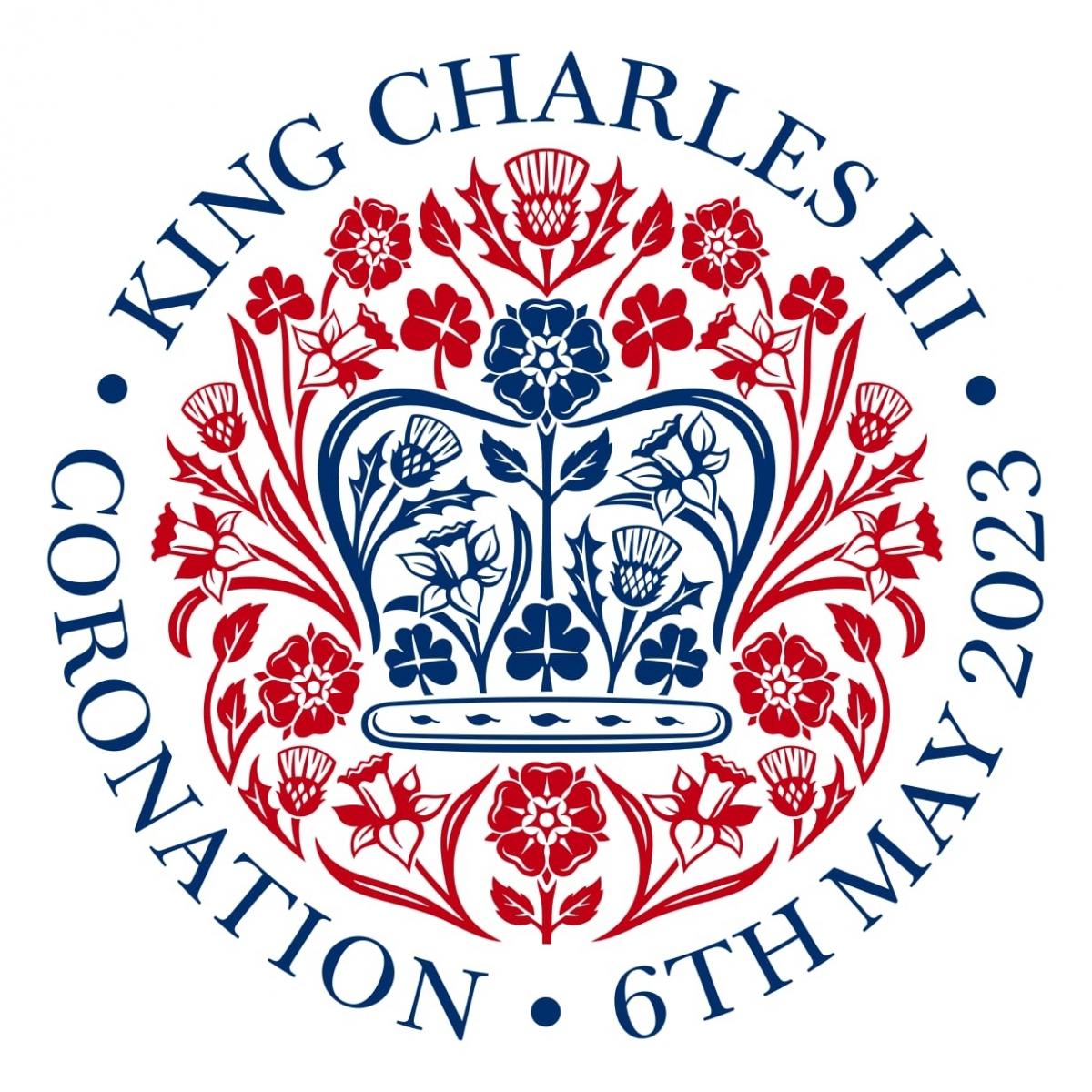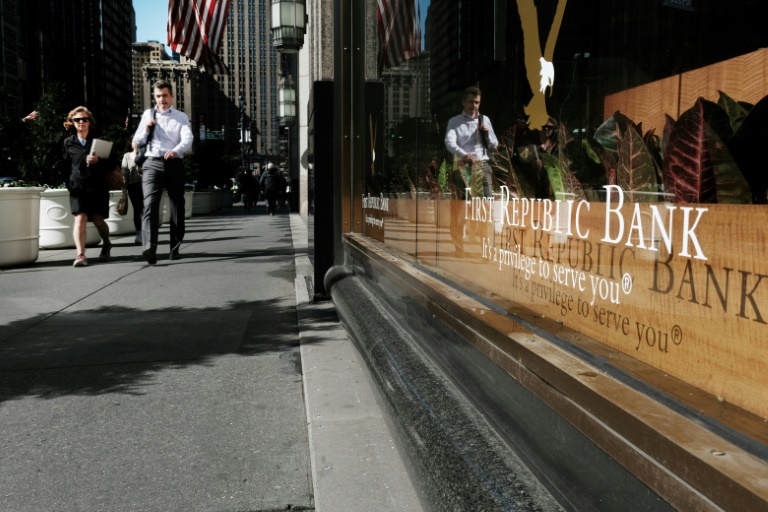From most of the Britishers obsessed with their Royals, to the world over who’ve binge watched Downton Abbey, Bridgerton or are simply hungover on the Colonial Era, coronation is a big deal. When it comes to King Charles III’s coronation, it was simply long anticipated.
Millions in the UK are all set to celebrate the symbolic ceremony which combines both, a religious service and pageantry. However, the weird, or incredible part of coronation is not that it features customs dating back to 1000 years, it is that it’s full of trivia and drama, both interesting and shocking.
To be held at Westminster Abbey on May 6, during the ceremony Charles will be crowned along with Camilla, the Queen Consort. King Charles will be the 40th reigning monarch since King William in 1066.

The drama unfolds
Despite all the enthusiasm and preparations that go behind each coronation, not all of them have been a success. Surprising as it may sound, but not as much as the fact that some monarchs have not had coronation in the first place. Close to a 1000 years since the tradition of coronation started, as many as three monarchs have missed having the ceremony. The first being Edward VIII, who as history has it, was locked in the tower of London with his younger brother.
The second monarch to miss the coronation was Lady Jane Grey. She inherited the throne from her cousin Edward VI. The third and final monarch to not have had a coronation was Edward VIII, who abdicated his throne to marry the divorcee Wallis Simpson.
Guests, viewers, animals…it’s a public spectacle
The final step in any monarch’s new journey, coronations are also viewed as ominous of the times to come. During each coronation, the Westminster Abbey gets a makeover to reflect the change. During Queen Elizabeth’s coronation following the sudden death of her father, she was crowned in front of 27 million viewers and 8000 guests. The annexe for her coronation featured all the animals from her royal heraldry.
Messed up coronations…are not few and far between
One of the most famous royals, Queen Victoria’s coronation was nicknamed ‘the last of the botched coronations.’ It is said that so many things went wrong that later, a committee of historians was formed and asked to chalk out a far regimented and fool proof plan for the future monarchs and ceremonies. The most notable of glitches during Queen Victoria’s coronation included, the coronation ring that was so tight that it had to be painfully forced onto the finger.
Holy chrism oil and the sacred vows
While the ceremony unfolds in front of millions across the world, the most sacred part of the ceremony is closed to the public. During this holy part, the monarch is anointed with the sacred chrism oil in private so he can solemnly reflect on all the responsibilities and duties that lie ahead of him.
During Queen Elizabeth II’s coronation, it was discovered that the chrism with which her father had been anointed was destroyed in WW II bombing. To make matters worse, the apothecary who had created the unique, holy blend was no more in business. The very special oil was finally built again from an ancient recipe.
The anointing screen
As the name suggests, the anointing screen will be used during the most sacred part of the ceremony, which is anointing the Majesty, the King. The screen, has been designed by iconographer Aiden Hart and gifted for the ceremony by City of London Corporation and City Livery Companies. The tree on the screen comprises 56 leaves, representing the 56 countries of the Commonwealth. The leaves have been embroidered by staff and students from the Royal School of Needlework.
It is not just the anointing screen; the anointing spoon also has a backstory. The silver spoon also survived the interregnum, during which several coronation artefacts were either lost, destroyed or stolen. It is said to date back to 12th century and continues to be used in every coronation since.
The Stone of Scone
The gothic oak throne, on which King Charles will take his place, is more than just an artefact. Commissioned by King Edward in 1226, it was later restored after being bombed by suffragettes. The Stone of Scone, incorporated into the coronation chair, is a symbol of Scottish monarchy and was used by them until it was seized in 1296 by King Edward I. Like with Kohinoor Diamond which rests with British monarchy, even the Stone of Scone has a lot of debate surrounding it and its rightful place. In 1996, the stone was officially returned back to Scotland on the condition that it will make trips back to Westminster Abbey for future coronations.







